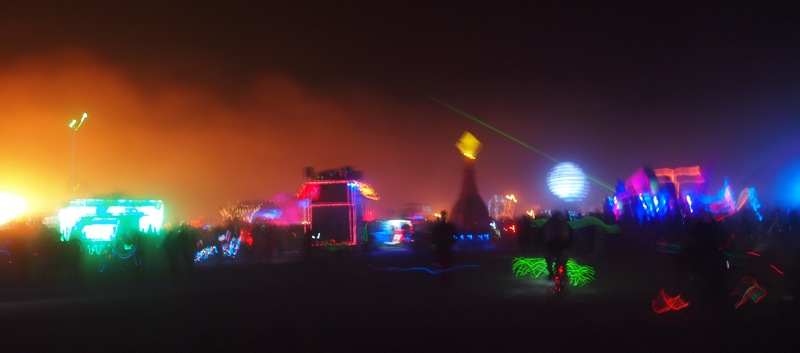What you are about to read may make you excited. To say I am excited would be an understatement. I am so excited I could pee my pants with all the excitement. Did I mention I’m excited?
As a young lad I dreamed of two things – flying and cameras. Everything else was just filler or distraction. My dream job was to be strapped to a studio camera at the end of a long crane, hurtling across a concert. When Star Wars ONE came out, and Luke and Han Solo were fending off tie-fighters in the Millennium Falcon, whizzing around in their flying seats, I was bang into that too. I’m pretty sure every still-breathing-male is.
So when the chance came to stick a camera in the nose of a plane, and fly it ‘virtually’ using virtual reality goggles… suffice to say it’s proving to be a life altering experience. And I haven’t even flown the thing yet.
‘Travatar’ is the primary reason I started this blog. It’s the idea that with a few bits of readily available equipment, consumer versions of the same technology used by the military in UAV’s, you can design and build your own ‘Travelling Avatar’, or Travatar – a device that let’s you fly… anywhere you want to go.
The project came about because of a visit to Burning Man later this year. If you’ve not heard of Burning Man – it’s a week long explosion of creativity in the desert that sees participants literally build a city in a few days for its 60,000 inhabitants. Each participant contributes, last year mine was a cinema showing Mad Max movies and Star Wars. This year I hope to offer the ability for anyone to fly virtually across the desert.
For an idea of what I’m talking about, watch this video (below) shot from a radio controlled plane. Imagine you are controlling the plane and receiving live video to a head mounted display. That’s how this video was made.
For the past month I’ve been deep, deep in the lab making my own version of a flying camera plane. Here’s some pics of ‘Travatar’ under construction…
So far it’s about 65% complete… Most of the airfame is done and much of the electronics – all that remains is fitting the ‘live’ video camera, the control surfaces, and covering it all in something tough and cool looking.
First test flight should be in about two weeks… all things going smoothly.


